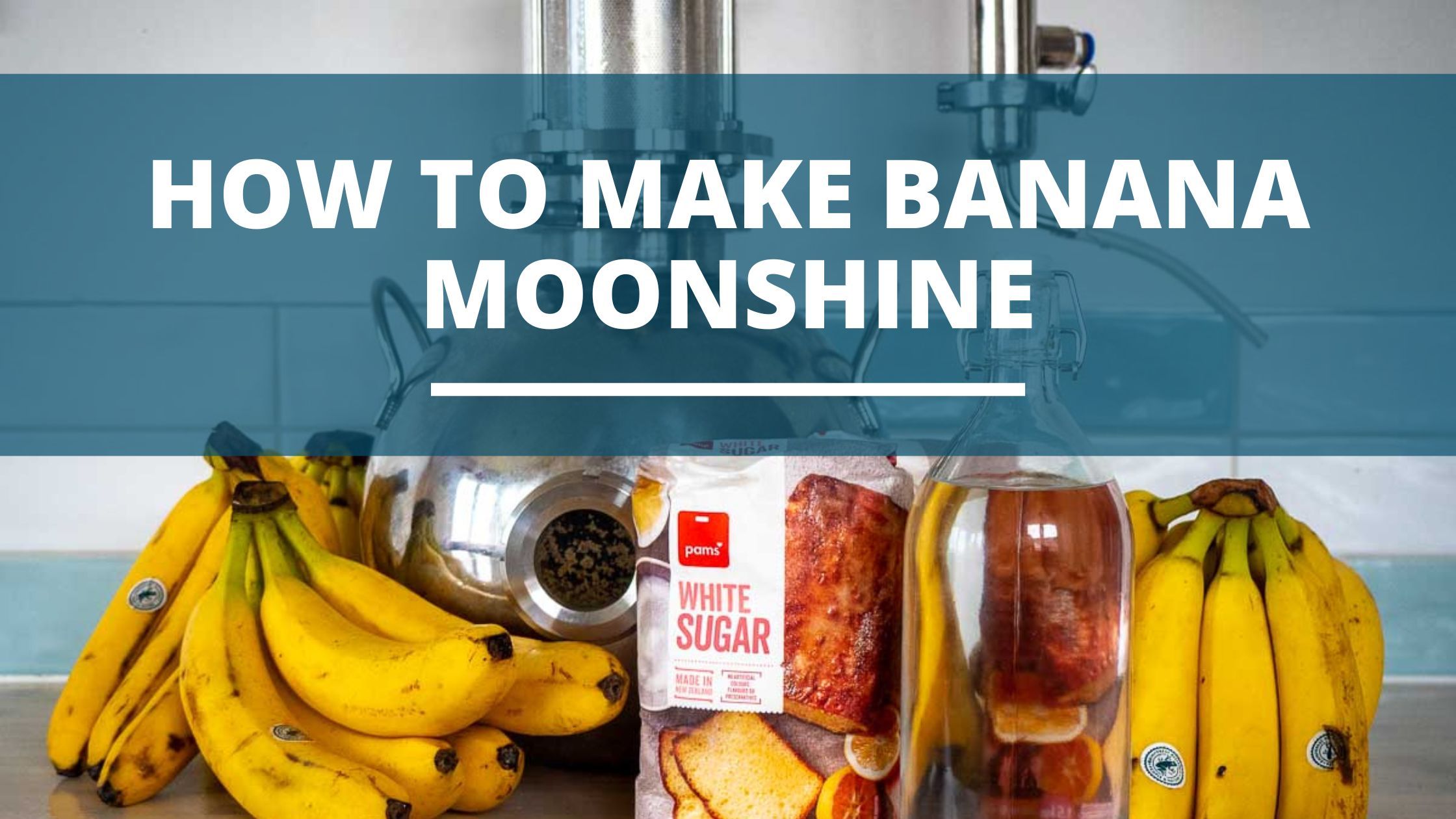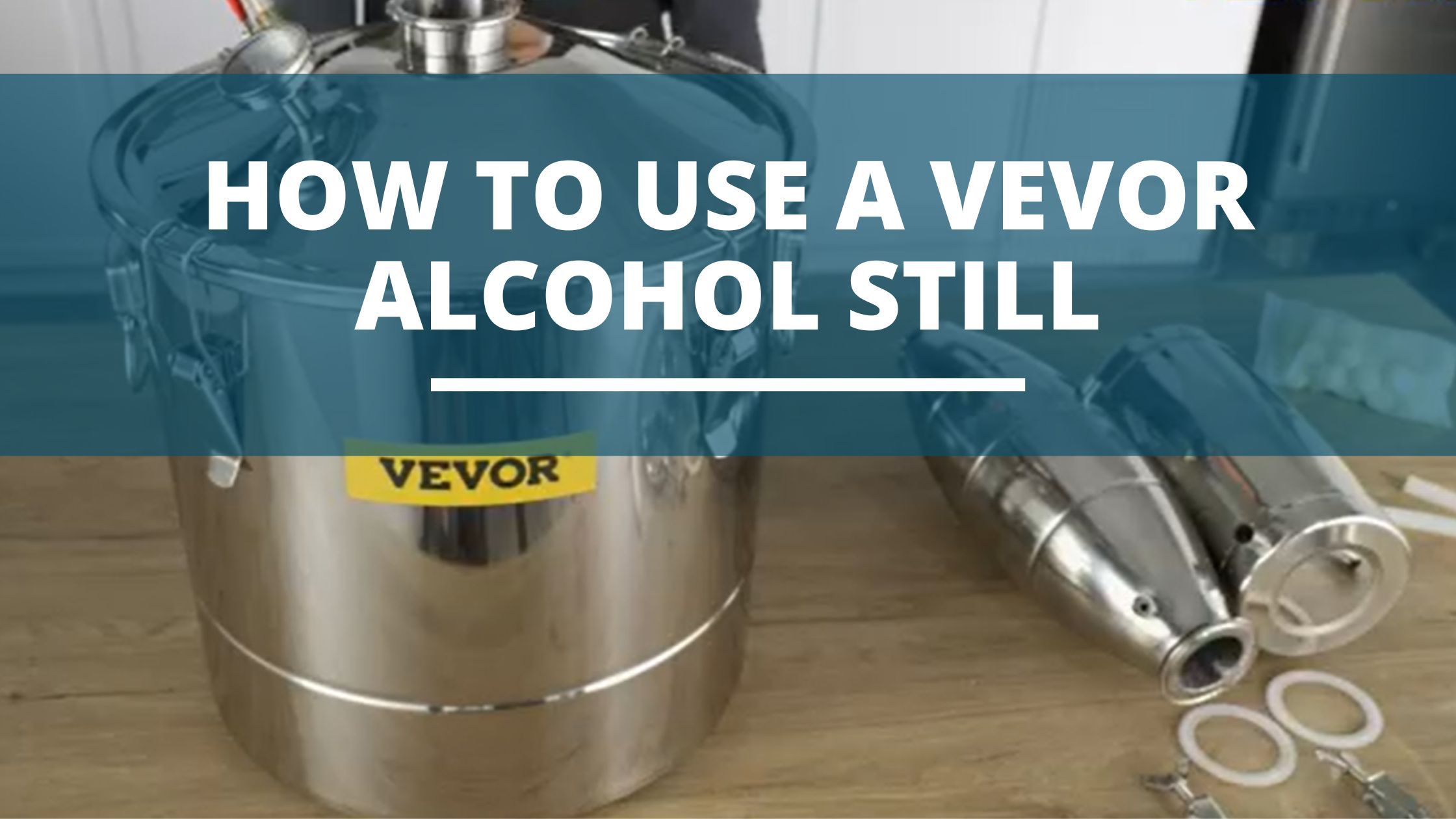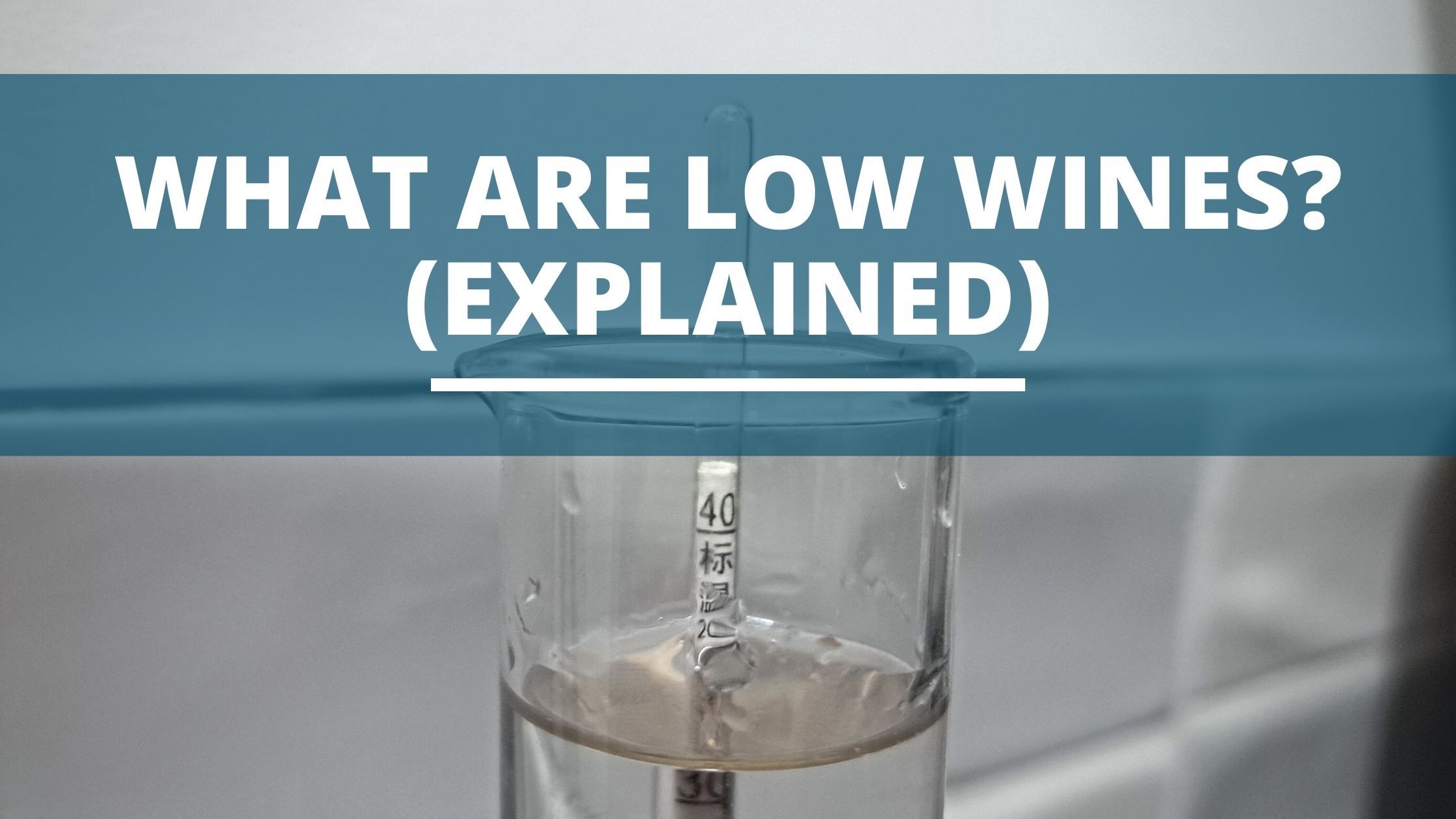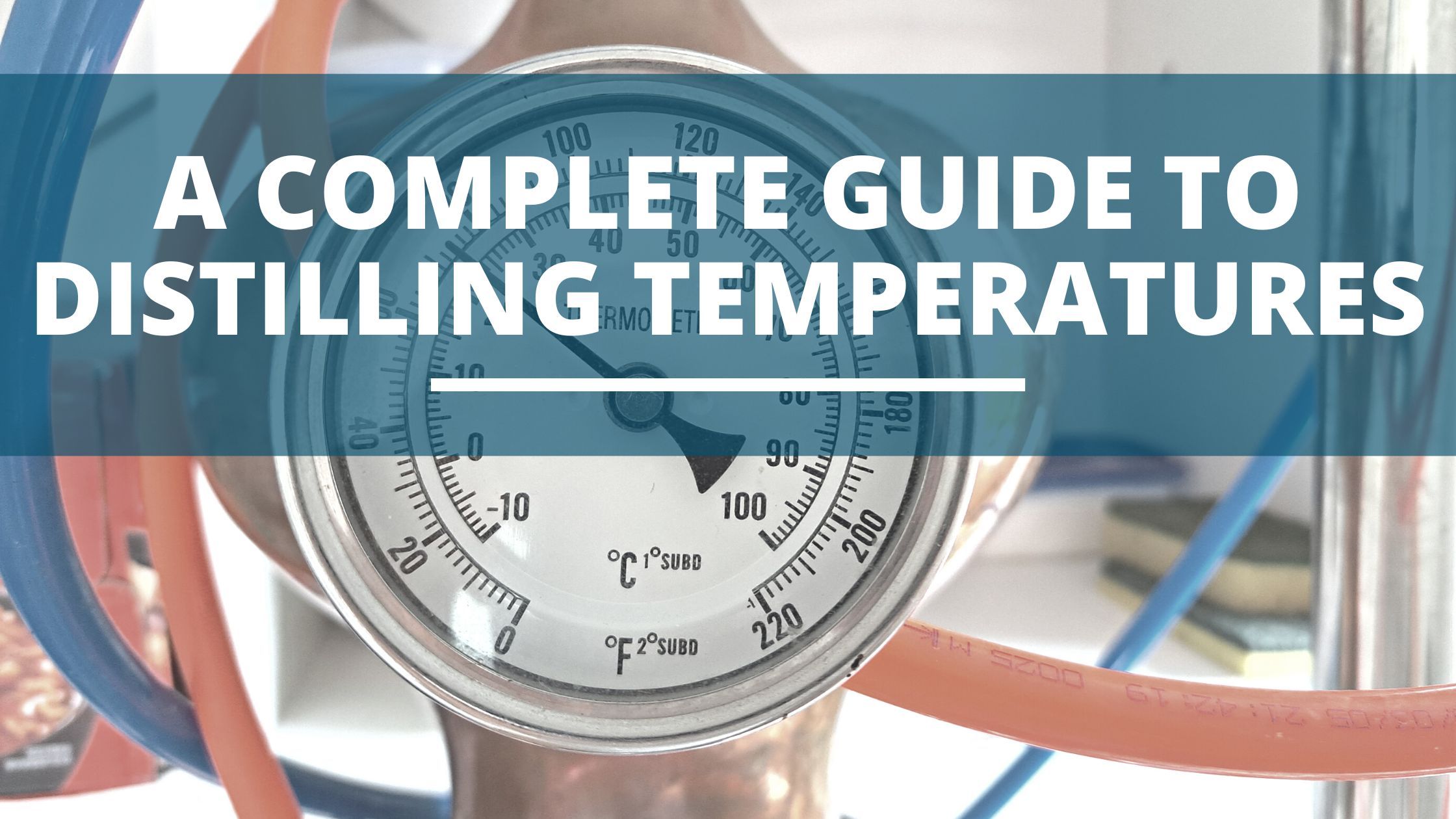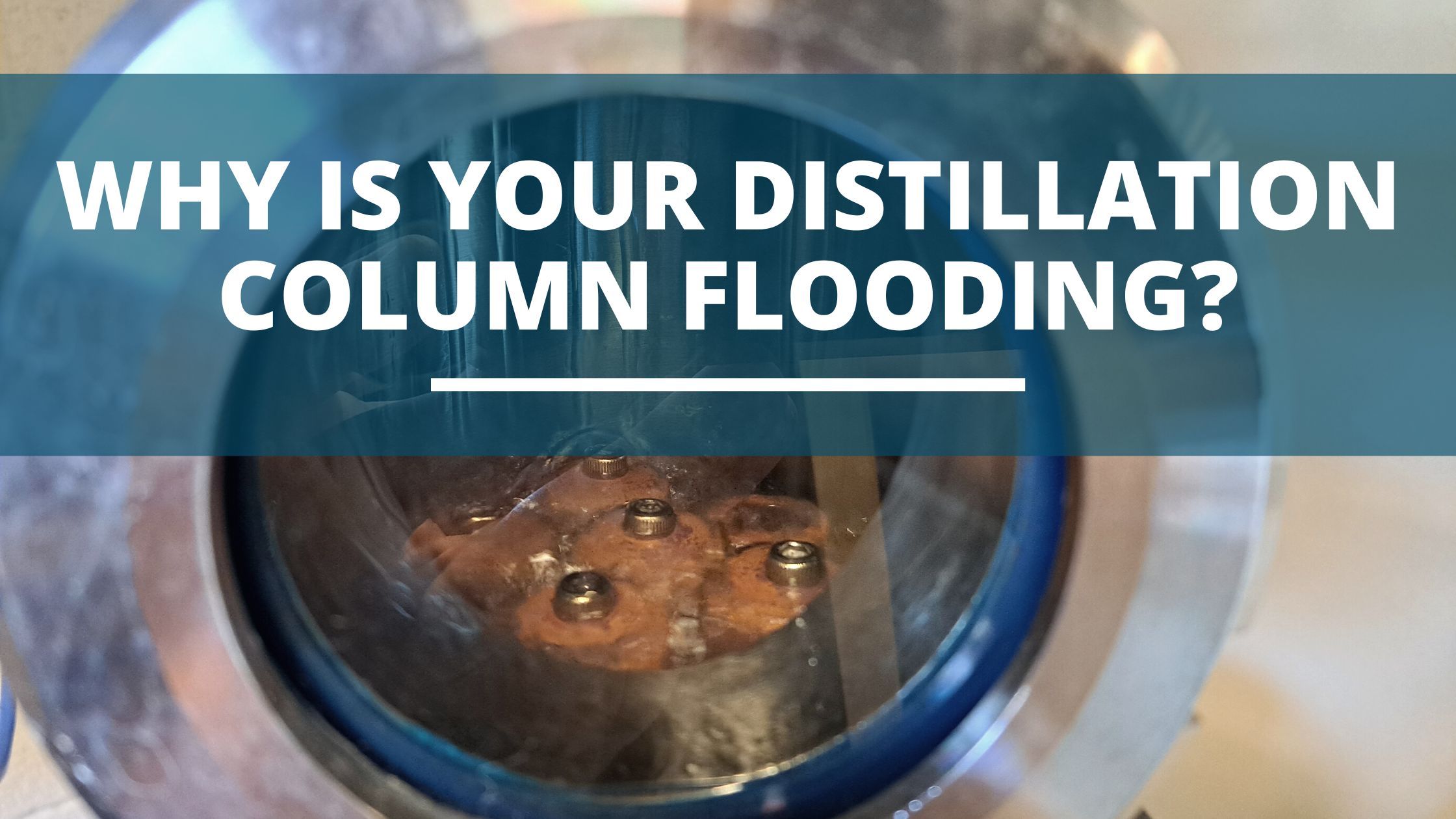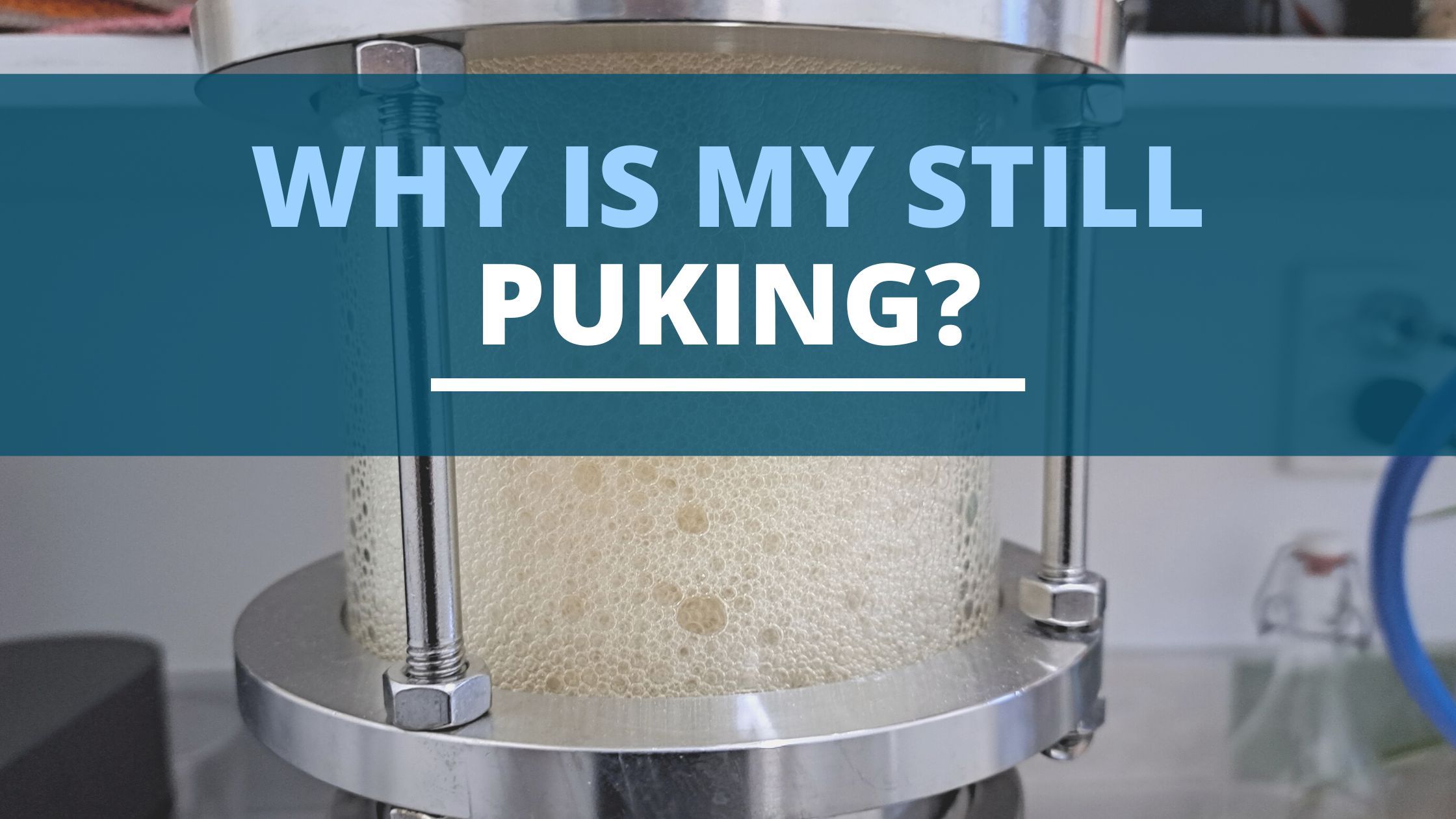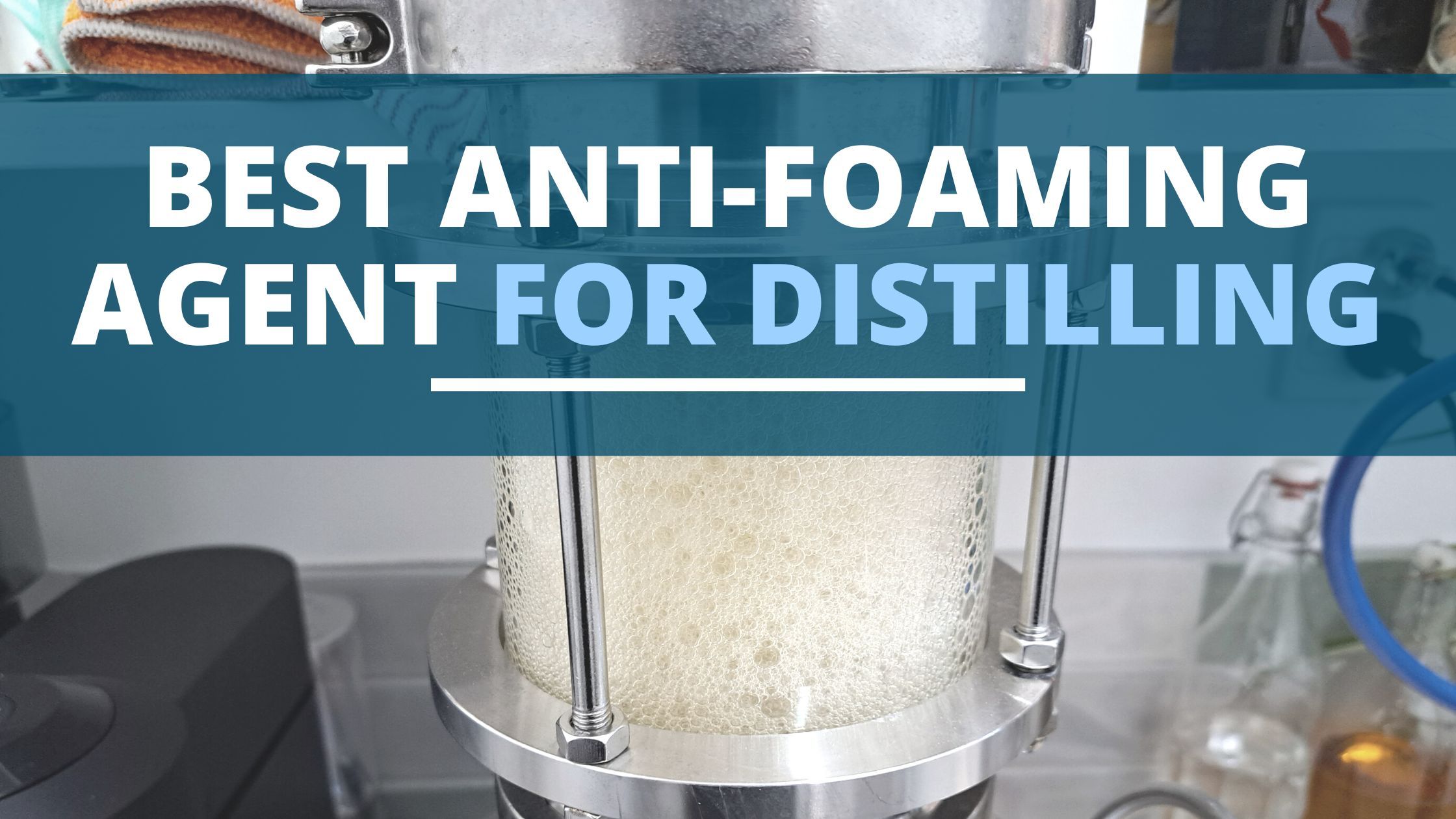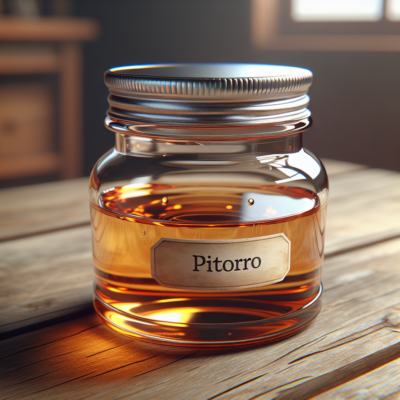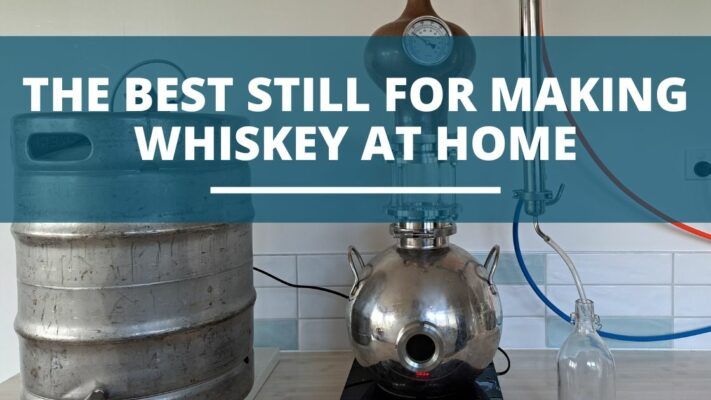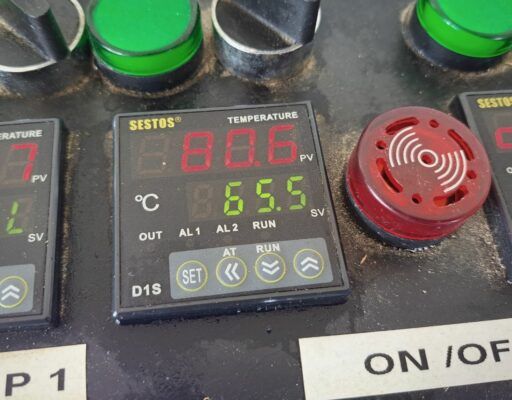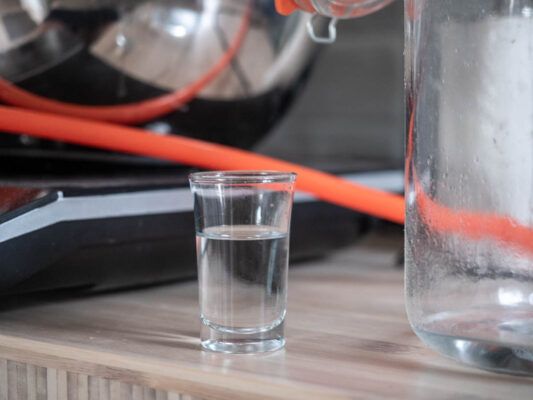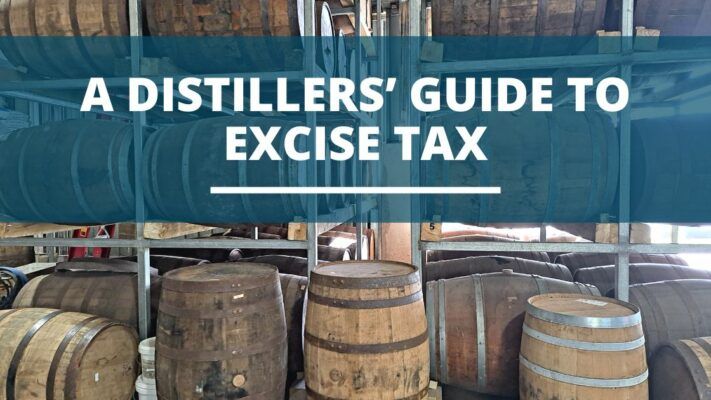Let’s face it, mastering the art of distilling takes time and expertise. And despite being aware of the importance of networking to enhance your competence, you sometimes don’t have the time for on-site learning. While our website has an abundance of free information, it’s hard to know where to start That’s where online distilling courses{…}
Category Archives: Distilling 101
Bananas are versatile fruits you can enjoy in various ways. But have you ever considered turning them into delicious and potent liquor? Banana moonshine, also known as banana brandy, is an exciting recipe you can try. It uses minimal ingredients and is simple to make, making it an excellent choice for beginner moonshiners. This batch{…}
The Vevor still is a fantastic entry-level kit that produces high-quality spirits, making it perfect for novices and those on a budget. To use: The still comes in different models, with each requiring a slightly different setup and operation. Carry on reading to get started with yours. Vevor Still Instructions: A Basic Overview The Vevor{…}
Finding a suitable yeast can be a daunting task, as it can make or break a spirit’s flavor profile. That’s where yellow label Angel yeast comes in. This unique blend of fungi and enzymes is a popular choice amongst distillers because it has high alcohol tolerance and can produce a smooth spirit that allows other{…}
As a beginner home distiller, you might have come across the term low wines. It’s one of those terms advanced home distillers often throw around and skimp over, making it difficult for newbies to grasp some basics of the craft. Low wines are the result of the first distillation. They are produced from a fermented{…}
If you’re anything like me, the further you get into the distilling hobby, the more you whish you had a degree in chemical engineering.. When people start talking ‘Azeotropes’, ‘temperature gradients’, and ‘equilibirum points’.. its clear that temperature plays a crucial role in the distilling process – but what does this all mean!? In this{…}
Double pitching and co-pitching are two different techniques to alter the fermentation process of your beer, wine, or spirit wash. Double pitching involves adding more of the same yeast, while co-pitching is where two different yeast are mixed together to get a particular flavor, aroma, or fermentation characteristic. Both are somewhat controversial topics in the{…}
Flooding is frustration – throwing your still out of equilibrium and often ruining your product.. But, the good news is that you can fix it mid-distillation or prevent it from happening in the future. Flooding still is often a result of a higher than normal reflux rate. It could also mean there’s a high feed{…}
As a new distiller, one of the most dampening feelings is winding up with a puking still. Even more so, when you’ve excitedly set up your still and have it running and had it run for the whole run. So, what exactly caused it to boil over? A few common causes of a still boilover are increased heat,{…}
If you’ve experienced a puking still and are looking for a surefire way to prevent it, you’ve come to the right place. There are a lot of anti-foaming agents on the market, but we’ve included the ones we’ve found to effectively work best for extra starchy washes like all grain, potato, and molasses-based. They include both commercial{…}
How to Make Pitorro At Home (Step-by-Step Guide)
Pitorro is a popular Puerto Rican drink, especially during special occasions. It follows the same{...}
The Best Still For Making Whiskey (In 2024)
With so many whiskey-making stills on the market, choosing one that will cater to your{...}
The Best Still For Making Vodka (In 2024)
I make a lot of gin, and to make gin you need vodka first. Over{...}
The Best Thermometer For Distilling (In 2024)
One aspect that allows us to create high-quality spirits hinges on having a reliable and{...}
How To Cut Heads and Tails When Making Gin
One question we get asked a lot in the Facebook group and our Ask an{...}
A Distillers’ Guide To Excise Duty (Excise Tax Considerations)
From the Author: This article has been written as a necessity given the variety of{...}


